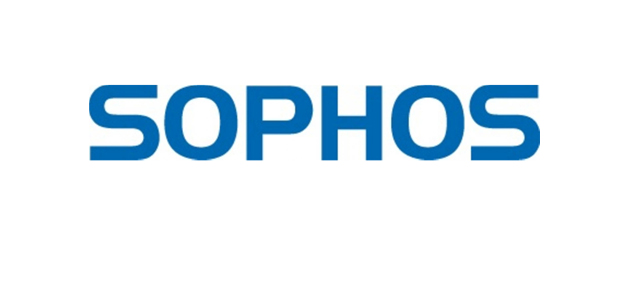Sophos announced the availability of Intercept X with malware detection powered by advanced deep learning neural networks. Combined with new active-hacker mitigation, advanced application lockdown, and enhanced ransomware protection, this latest release of the next-generation endpoint protection delivers previously unseen levels of detection and prevention.
Deep learning is the latest evolution of machine learning. It delivers a massively scalable detection model that is able to learn the entire observable threat landscape. With the ability to process hundreds of millions of samples, deep learning can make more accurate predictions at a faster rate with far fewer false-positives when compared to traditional machine learning.
“The Philippines is one of the most susceptible nations in the Southeast Asia region to cyber attacks. Thankfully, there is growing awareness among organizations to pro-actively protect themselves and their systems from attack and unauthorized access”, remarked Julius Suarez, manager for engineering ASEAN, Sophos. “Intercept X will help protect against the unknown and prevent real-time breaches; through our deep learning methodologies and innovations in next-gen predictive security.”
“Traditional machine learning models depend on expert threat analysts to select the attributes with which to train the model, adding a subjective human element. They also get more complex as more data is added, and these gigabyte-sized models are cumbersome and slow. These models may also have significant false positive rates which reduce IT productivity as admins try to determine what is malware and what is legitimate software,” explained Tony Palmer, senior validation analyst with the Enterprise Strategy Group (ESG). “In contrast, the deep learning neural network of Intercept X is designed to learn by experience, creating correlations between observed behavior and malware. These correlations result in a high accuracy rate for both existing and zero-day malware, and a lower false-positive rate. ESG Lab analysis reveals that this neural network model scales easily, and the more data it takes in, the smarter the model becomes. This enables aggressive detection without administrative or system performance penalty.”
This new version of Sophos Intercept X also includes innovations in anti-ransomware and exploit prevention, and active-hacker mitigations such as credential theft protection. As anti-malware has improved, attacks have increasingly focused on stealing credentials in order to move around systems and networks as a legitimate user, and Intercept X detects and prevents this behavior. Deployed through the cloud-based management platform Sophos Central, Intercept X can be installed alongside existing endpoint security software from any vendor, immediately boosting endpoint protection. When used with the Sophos XG Firewall, Intercept X can introduce synchronized security capabilities to further enhance protection.
According to an ESG Lab Validation Report, every company should assume it is always under attack from cyber threats. In a recent ESG research, when asked the primary reasons they believe cybersecurity analytics and operations are more difficult today, more than a quarter of respondents said it was the difficulty of keeping up with rapid change in the threat landscape. (Cybersecurity Analytics and Operations in Transition, July 2017.)
New features in Intercept X include:
Deep Learning Malware Detection
- Deep learning model detects known and unknown malware and potentially unwanted applications (PUAs) before they execute, without relying on signatures
- The model is less than 20MB and requires infrequent updates
Active Adversary Mitigations
- Credential theft protection – Preventing theft of authentication passwords and hash information from memory, registry, and persistent storage, as leveraged by such attacks as Mimikatz
- Code cave utilization – Detects the presence of code deployed into another application, often used for persistence and antivirus avoidance
- APC protection – Detects abuse of Application Procedure Calls (APC) often used as part of the AtomBombing code injection technique and more recently used as the method of spreading the WannaCry worm and NotPetya wiper via EternalBlue and DoublePulsar (adversaries abuse these calls to get another process to execute malicious code)
New and Enhanced Exploit Prevention Techniques
- Malicious process migration – Detects remote reflective DLL injection used by adversaries to move between processes running on the system
- Process privilege escalation – Prevents a low-privilege process from being escalated to a higher privilege, a tactic used to gain elevated system access
Enhanced Application Lockdown
- Browser behavior lockdown – Intercept X prevents the malicious use of PowerShell from browsers as a basic behavior lockdown
- HTA application lockdown – HTML applications loaded by the browser will have the lockdown mitigations applied as if they were a browser
First launched in September 2016, Intercept X has been proven in tens of thousands of organizations worldwide. Customers and partners who took part in the Early Access Program for this latest version of Intercept X commented on the new features.









































































































